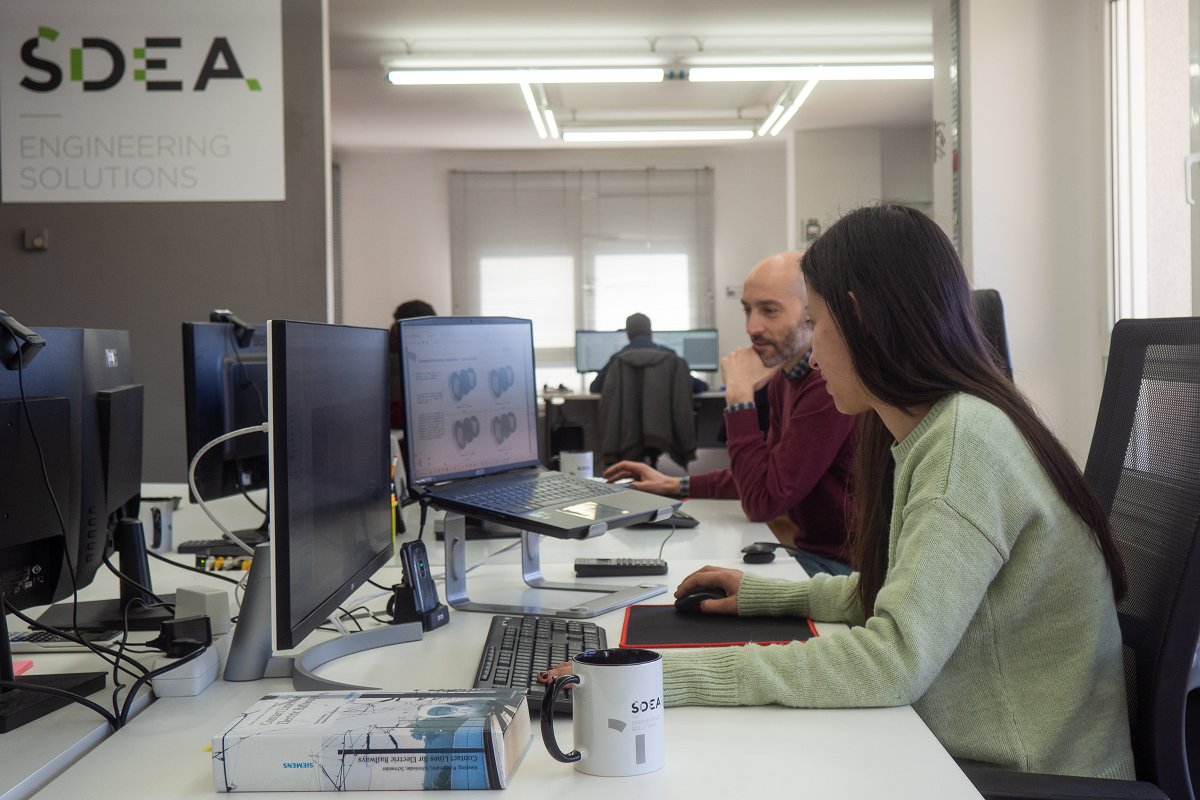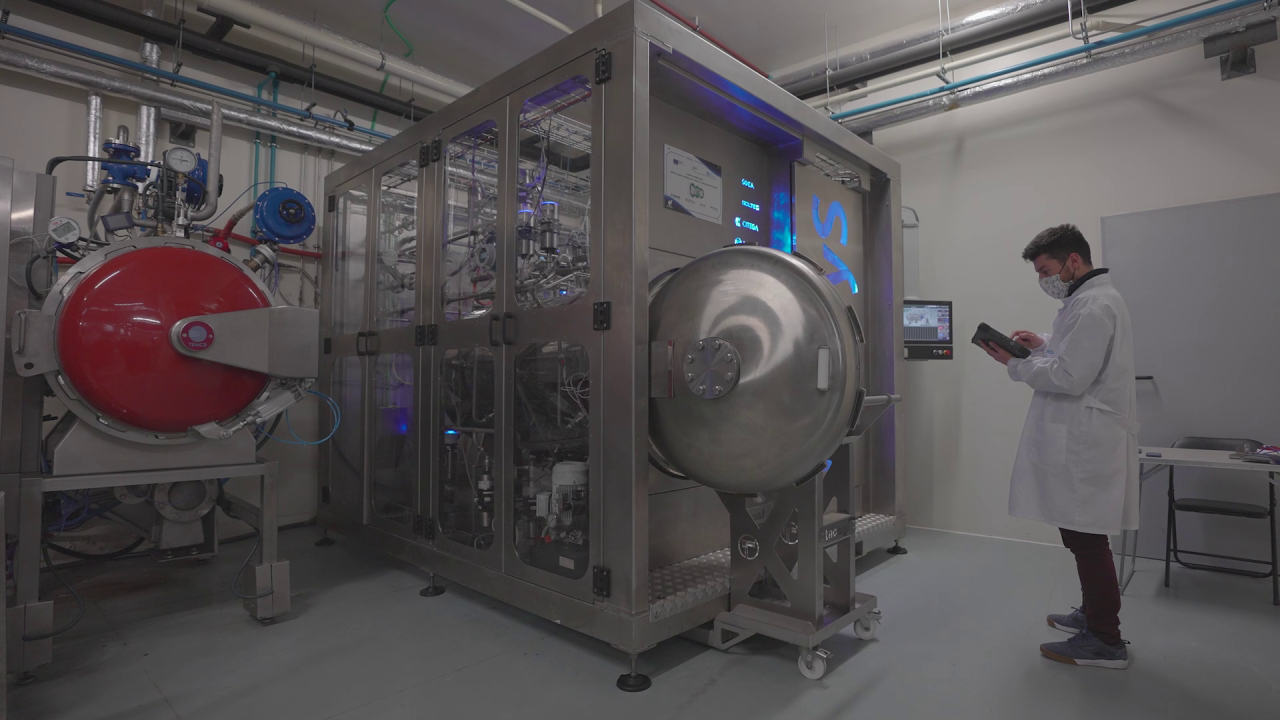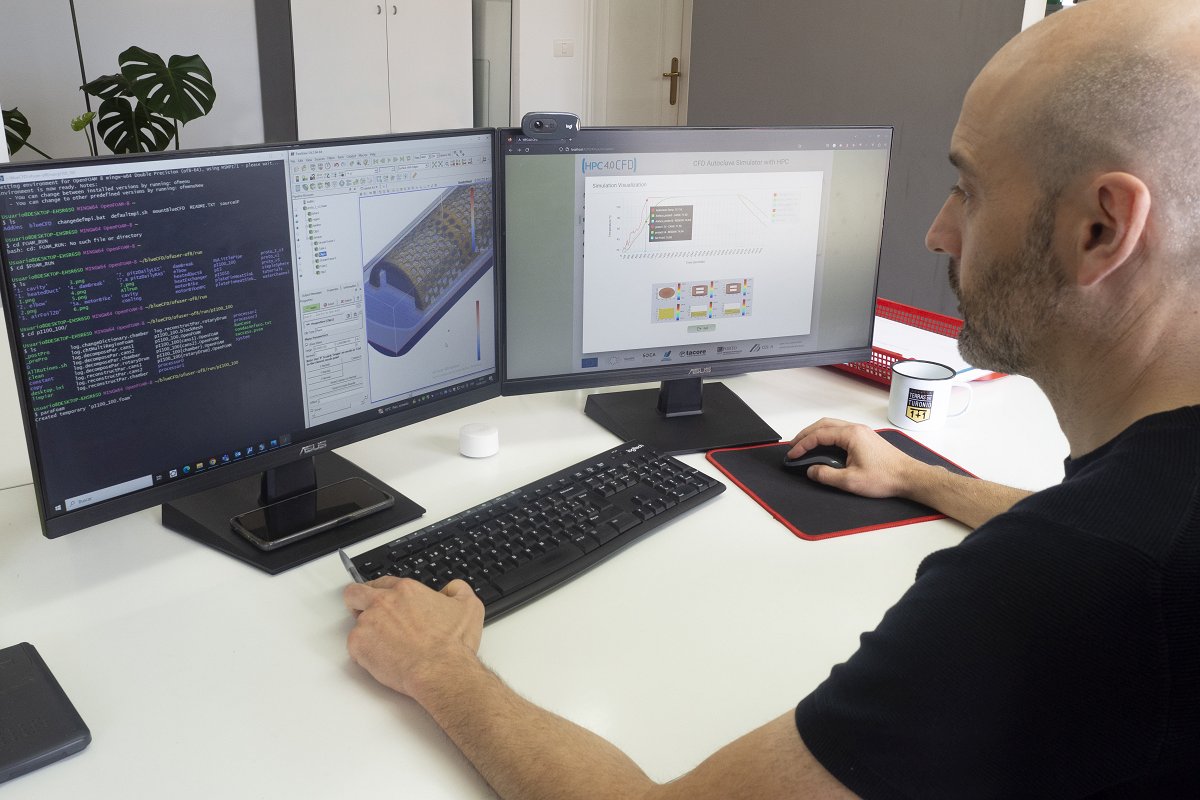Boosting CFD Simulation of Thermal Equipment for Food Processing
Canned food consumption has recently experienced an important demand increase, especially due to COVID-19 pandemic, which has challenged each supplier to strike their processes to improve their production rates. One of the most sensitive processes of this sector is sterilization, where autoclaves are the main equipment, and only their design can easily take 4 months, since highly trained personnel is required, as well as powerful CFD tools and computing power to properly study the heat transfer inside this equipment, considering the size scales. Within this experiment an innovative tool to aid the design and manufacturing processes of autoclaves, using OpenFOAM as the software to develop CFD simulations was developed, as well as HPC to overcome the computational processing limitation barriers arising from the large differences on size scales inside autoclaves, and the multiple variables to study when assessing thermal performance.
SECTOR: Manufacturing
TECHNOLOGY USED: HPC, CFD Simulation
COUNTRY: Spain
The challenge
In canned food processing, thermal treatments with autoclaves for product sterilization are among the most energy-demanding processes. Therefore, any tool that improves these processes will have an impact on reducing both energy consumption and CO2 emissions. This will lead to cost savings within the food production chain.
Due to the inherent complexity of the concepts involved in fluid-thermal simulation engineering, simulation jobs currently require the involvement of highly skilled and specialized personnel well-versed in the simulation methodologies used. Furthermore, the existing commercial simulation tools in the market adopt a generic approach, which makes the representation of various geometries and operating conditions time-consuming and consequently costly to use for testing products prior to manufacturing new equipment or putting recipes into production. Therefore, the challenge is to develop a specialized tool focused on simulating thermal sterilization processes in autoclaves.
From a business perspective, for the companies involved in the experiment, meeting these challenges will be the first point of contact with HPC services, and therefore an opening to new competencies and opportunities.
The solution
An easy-to-use tool was developed for simulating thermal sterilization processes in autoclaves. This tool stands out for its ease of use and user support, which eliminates the need for general purpose simulation tools and personnel highly qualified in thermal simulations.
The tool is a complete SaaS including the HPC resources and is offered to customers as a subscription with all services included. The solution consists mainly of two parts: the simulation model developed using OpenFOAM and executed on the HPC platform and the WEB GUI interface.
Without HPC, running simulations would take 3-5 hours for each simulation, too long to fit well into the business workflow of the targeted end-users. The use of HPC allows simulations to be carried out in more detail and in less time (5-15 minutes per simulation) enabling end users to find out their optimal recipes in a short time and also enabling TACORE to investigate different design options before manufacturing.
Business impact, Social impact, Environmental impact
TACORE will have a market advantage with more efficient and customizable manufacturing. The cost reduction to develop an autoclave will facilitate the replacement of obsolete equipment leading to yearly savings of €40,000.
Two customers of SDEA in the automotive industry are interested in similar simulation tools. These opportunities involve the incorporation of a specialized profile for development and support of SaaS.
Furthermore, the experiment’s simulation and analysis tool will provide detailed information on a machine’s energy consumption and detect if it is possible and worthwhile to intervene to reduce it, achieving a smaller carbon footprint.
For FEUP, as an educational organization, the main benefit is to have a new instrument for academic activities and the knowledge acquired about HPC and autoclave thermal processes, presenting the tool to students as a showcase for possible energy optimization applications. FEUP can also present the tool to companies.
For ANFACO, this is an opportunity to offer the new tool: the industries that apply this new service in their production processes will face a business benefit, in terms of their energy savings and reduction of CO2 emissions.
Benefits
The solution is providing further business benefits:
- TACORE estimates a reduction in production costs of around 23% of the autoclave price (approaching €100,000 annually over the next three years), representing an annual benefit equivalent to 2.7% of the average annual revenue.
- Saving costs and energy for food companies (ANFACO members and other companies), a 2% improvement in efficiency would mean a saving of 0.00187592 tCO2/tonne of product processed.
- SDEA estimates an annual revenue of €40,000-60,000 for the development of an application tailored to each new opportunity with new customer collaboration.
Organisations involved:
End User: TACORE
ISV: SDEA Solutions S.L.
Technology expert: ANFACO-CECOPESCA
HPC Provider: CESGA
Domain Expert: Faculty of Engineering of University of Porto
Partner CESGA is part of the Spanish NCC.




